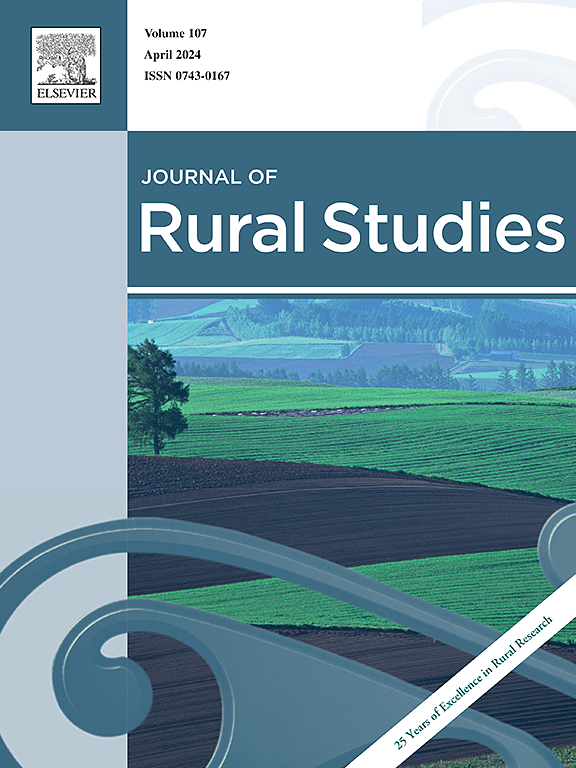Researching links between pilgrimage tourism and rural development: The emergence of Fisterra as a “new end” of the way
IF 5.1
1区 社会学
Q1 GEOGRAPHY
引用次数: 0
Abstract
This research examines whether promoting tourism along the emerging pilgrimage route to Fisterra-Muxía (Spain) can support rural socio-economic development and address demographic decline. It focuses on the recent increase in pilgrimage flows and concerns about route saturation. A triangulated methodological approach was employed, combining secondary data analysis, pilgrim surveys, and in-depth interviews with local stakeholders. Cluster analysis of survey responses identified four distinct traveler profiles—Traditional, Busgrim, Tourist, and Mystic—reflecting the coexistence of spiritual, recreational, and post-secular motivations. Results indicate a rise in tourism activity in recent years and generally positive perceptions of its impact among visitors and residents. However, this growth has not reversed the population decline in most municipalities along the route. The study provides actionable recommendations for regional planning, calling for integrated, year-round strategies that balance tourism growth with community resilience and ecological thresholds. Theoretically, it frames emerging pilgrimage routes as laboratories for testing sustainable development models in structurally vulnerable rural contexts.
朝圣旅游与乡村发展的关系研究:菲斯特拉作为“新终点”的出现
本研究考察了沿新兴朝圣路线Fisterra-Muxía(西班牙)促进旅游业是否可以支持农村社会经济发展和解决人口下降问题。它关注的是最近朝圣人流的增加和对路线饱和的担忧。采用三角方法,结合二手数据分析、朝圣者调查和对当地利益相关者的深入访谈。对调查结果的聚类分析确定了四种不同的旅行者类型——传统的、Busgrim的、旅游者的和神秘主义者的——反映了精神、娱乐和后世俗动机的共存。结果表明,近年来旅游活动有所增加,游客和居民普遍对其影响持积极看法。然而,这一增长并没有扭转沿线大多数城市人口下降的趋势。该研究为区域规划提供了可行的建议,呼吁制定综合的全年战略,以平衡旅游增长与社区恢复力和生态阈值。从理论上讲,它将新兴的朝圣路线作为在结构脆弱的农村环境中测试可持续发展模式的实验室。
本文章由计算机程序翻译,如有差异,请以英文原文为准。
求助全文
约1分钟内获得全文
求助全文
来源期刊

Journal of Rural Studies
Multiple-
CiteScore
9.80
自引率
9.80%
发文量
286
期刊介绍:
The Journal of Rural Studies publishes research articles relating to such rural issues as society, demography, housing, employment, transport, services, land-use, recreation, agriculture and conservation. The focus is on those areas encompassing extensive land-use, with small-scale and diffuse settlement patterns and communities linked into the surrounding landscape and milieux. Particular emphasis will be given to aspects of planning policy and management. The journal is international and interdisciplinary in scope and content.
 求助内容:
求助内容: 应助结果提醒方式:
应助结果提醒方式:


